Looking for reliable PRISM+ aircon servicing in Singapore? At StringsSG, we specialize in comprehensive PRISM+ aircon maintenance, repair, and cleaning to keep your cooling system running efficiently. Our team of skilled and certified technicians is experienced in handling all models of PRISM+ air conditioners, ensuring optimal performance, energy efficiency, and long-term durability.
Whether you need a general aircon servicing, chemical wash, or urgent aircon repair, we provide prompt and professional solutions tailored to Singapore’s climate and housing needs. Book your PRISM+ aircon service easily online and enjoy cool comfort with peace of mind.

General Aircon Service Pricing
StringsSG offers the most affordable and transparent aircon servicing pricing in Singapore.
One-Time Servicing
| No. of Aircons | Pricing |
|---|---|
| 1 AC unit | SGD 43.24 |
| 2 AC unit | SGD 51.34 |
| 3 AC unit | SGD 65.50 |
| 4 AC unit | SGD 79.67 |
| 5 AC unit | SGD 89.24 |
| more than 5 | Open a request |
Annual Package
| No. of Aircons | 4 times/year | 3 times/year |
|---|---|---|
| 1 Units | SGD 167.77 | SGD 125.83 |
| 2 Units | SGD 197.13 | SGD 147.85 |
| 3 Units | SGD 248.92 | SGD 186.69 |
| 4 Units | SGD 299.57 | SGD 224.68 |
| 5 Units | SGD 331.97 | SGD 248.98 |
| more than 5 | Open a request | Open a request |
Gas Top-Up Pricing
| Gas Type | Price (SGD) |
|---|---|
| R22 | SGD S$40 – S$100 |
| R410A | SGD S$90 – S$150 |
| R32 | SGD S$120 – S$220 |
Aircon Chemical Wash Pricing
Ensure your air conditioner is clean and germ-free with our annual chemical wash. Learn more about Basic Chemical Wash & Overhaul
Chemical Wash Price
| No. of Aircons | Pricing |
|---|---|
| 1 AC unit | SGD 77.28 |
| 2 AC unit | SGD 150.70 |
| 3 AC unit | SGD 206.72 |
| 4 AC unit | SGD 262.75 |
| 5 AC unit | SGD 318.78 |
| more than 5 | Open a request |
Chemical Overhaul Price
| No. of Aircons | Pricing |
|---|---|
| 1 AC unit | SGD 145.36 |
| 2 AC unit | SGD 283.45 |
| 3 AC unit | SGD 388.84 |
| 4 AC unit | SGD 494.22 |
| 5 AC unit | SGD 599.61 |
| more than 5 | Open a request |
Our 6-Step Aircon Servicing Process
At StringsSG, we follow a proven 6-step approach to general aircon servicing in Singapore — ensuring your unit runs efficiently and reliably.
1. Air Filter & Front Panel/Cover Cleaning
Dirty air filters can block airflow and strain the aircon. Technicians clean or jet-wash filters to restore optimal airflow.
2. Cleaning of Evaporator Coil
The evaporator coil can collect dirt, reducing efficiency. The technician cleans it using a soft brush or vacuum.
3. Drain Pan or Tray Cleaning
Clogged drain pans may lead to leaks. Technicians clean out debris from the pan to ensure proper drainage.
4. Vacuuming of Drainage Pipe
To prevent water backup, the drainage pipe is vacuumed to remove blockages that may disrupt water flow.
5. Outdoor Condenser Check
Technicians assess the outdoor unit’s performance and recommend cleaning if necessary, based on inspection or customer request (extra charges may apply).
6. Monitor Refrigerant Gas Level
Technicians check the refrigerant gas level if poor cooling is observed or upon client request, and may recommend top-up if needed.
Watch the Step-by-Step Servicing Video
Service Warranty
Enjoy comprehensive workmanship warranty coverage with every Prism+ aircon service. We’re committed to quality and stand behind our work, so you can stay cool and worry-free.
General Servicing
Includes air filter cleaning and performance check-up for your Prism+ unit.
30 Days Workmanship Warranty
Chemical Cleaning
Deep cleaning to remove mold, dust, and buildup from Prism+ indoor and outdoor units.
60 Days Workmanship Warranty
General Servicing
Top-up of Prism+ aircon refrigerant gas (R22 / R410A / R32) for optimal cooling efficiency.
90 Days Workmanship Warranty
Latest Prism+ Aircon Models in Singapore
While PRISM+ air conditioners are built with cutting-edge technology for reliable cooling and energy efficiency, occasional error codes can occur due to environmental or operational factors. Understanding these common error codes can help users troubleshoot minor issues or know when to book a service.
Here are some of the most frequently encountered PRISM+ aircon error codes and their meanings:
- E1 – Indoor Unit Fault
This usually points to issues with the indoor unit’s sensors or PCB (Printed Circuit Board). A quick reset may help, but persistent errors should be inspected by a professional. - E5 – Communication Error
This code signals a disruption between the indoor and outdoor units. Loose wiring or PCB faults are common causes and require technical diagnosis. - F0 – Low Refrigerant or Refrigerant Leak
When your PRISM+ aircon displays F0, it often indicates a refrigerant-related issue. This affects cooling efficiency and should be addressed promptly. - H3 – Compressor Overload
Caused by high temperatures, dirty filters, or power supply issues, this error protects the compressor from damage. Routine servicing helps prevent this. - U8 – Indoor Unit and Outdoor Unit Connection Error
Often due to voltage fluctuations or installation issues. This code may appear during startup and usually requires a service check.
Note: Panasonic aircon error codes may vary depending on your unit’s model and series. If you encounter one of these codes, our licensed technicians can help diagnose and resolve the issue quickly and safely.
Why These Codes Matter
Ignoring error codes can lead to higher energy bills, poor cooling performance, and even long-term damage. PRISM+ recommends periodic maintenance to ensure smooth operation and to catch potential issues early.
Need Help with an Error Code?
Our experienced PRISM+ servicing team in Singapore is equipped to diagnose and resolve all system alerts efficiently. Whether it’s a simple reset or a component replacement, we’ll restore your aircon’s performance quickly and affordably.


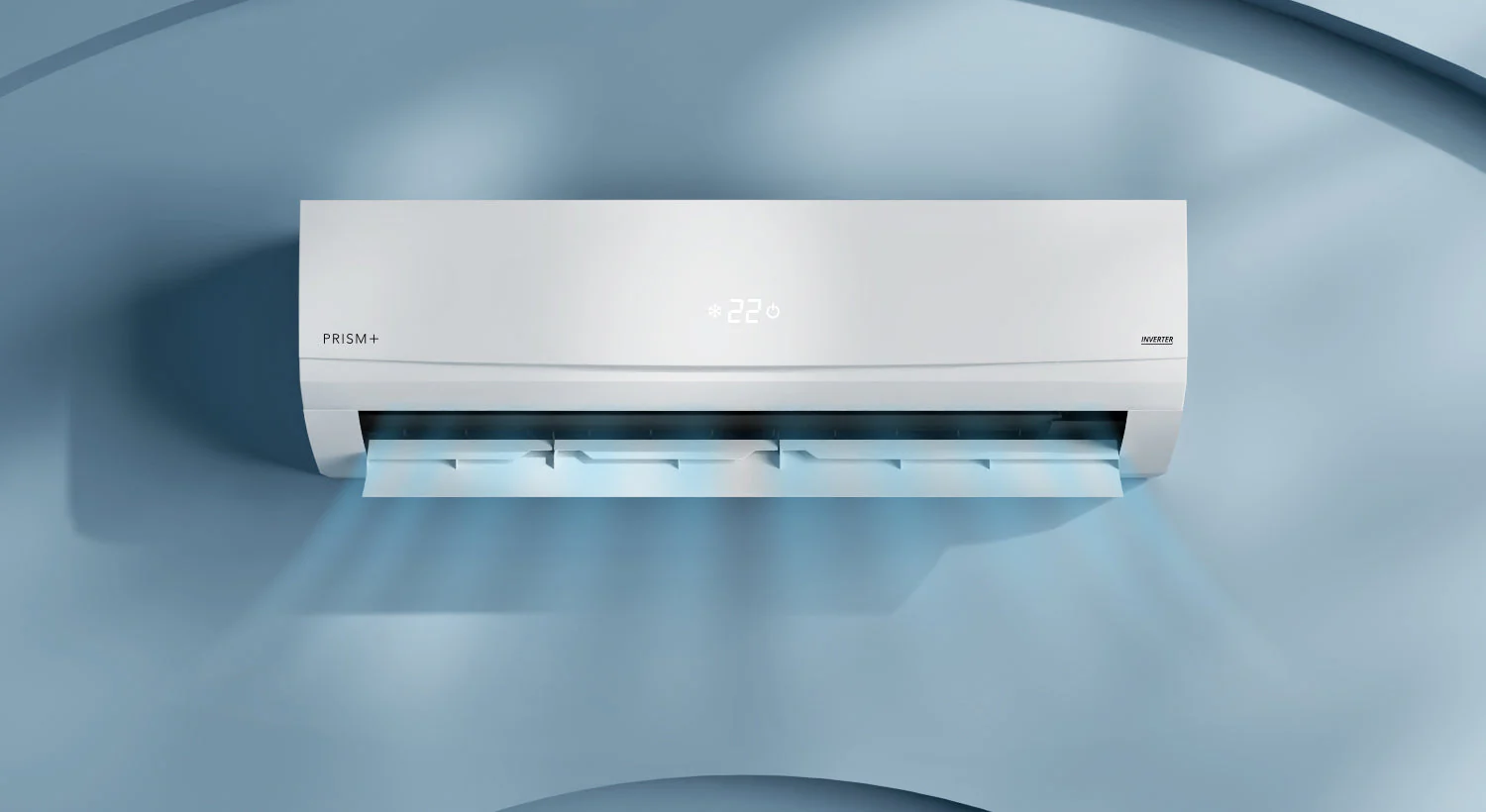

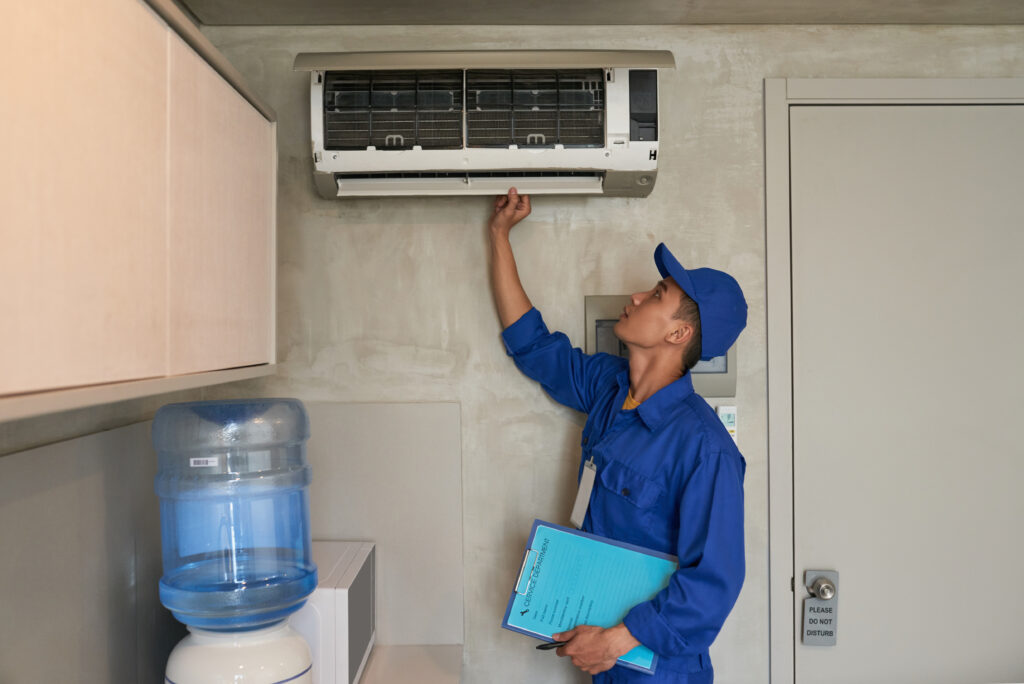


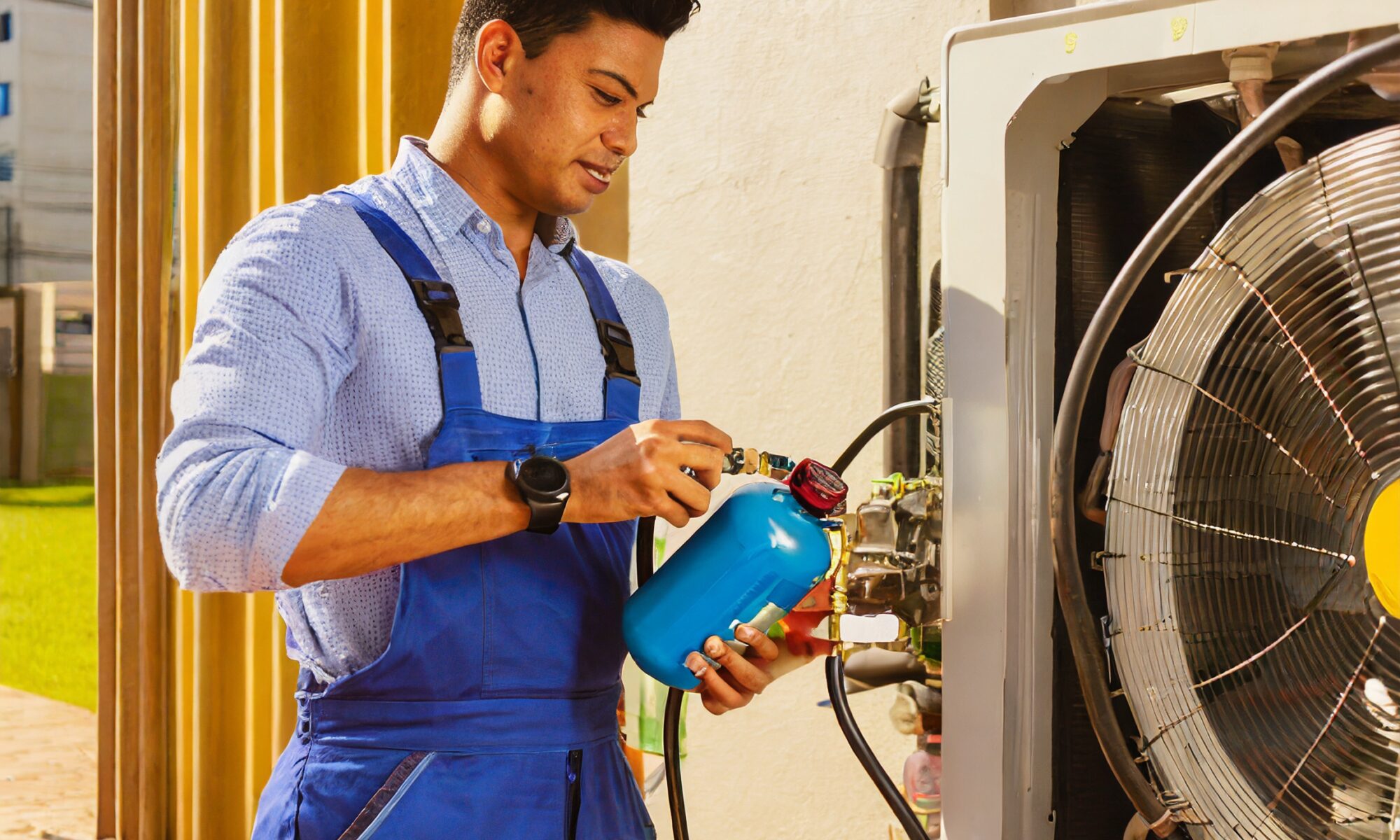







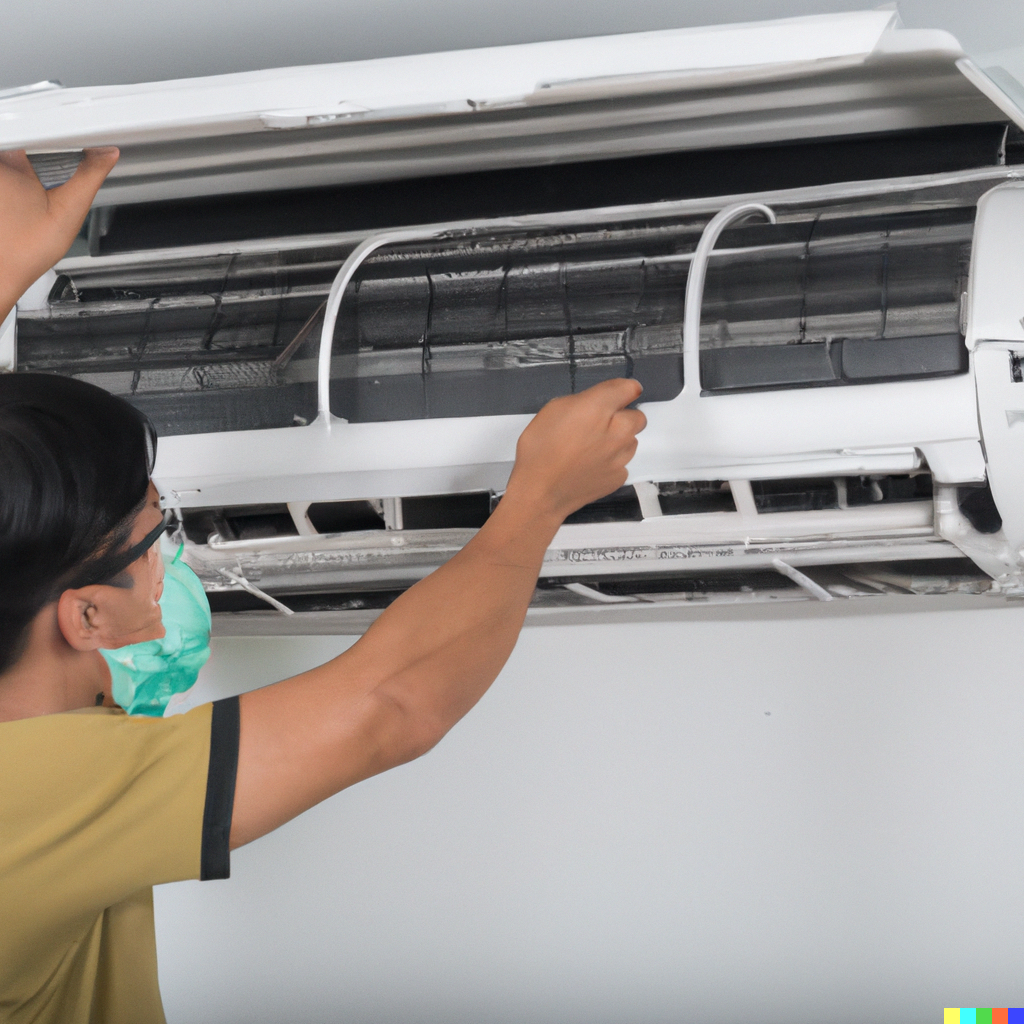
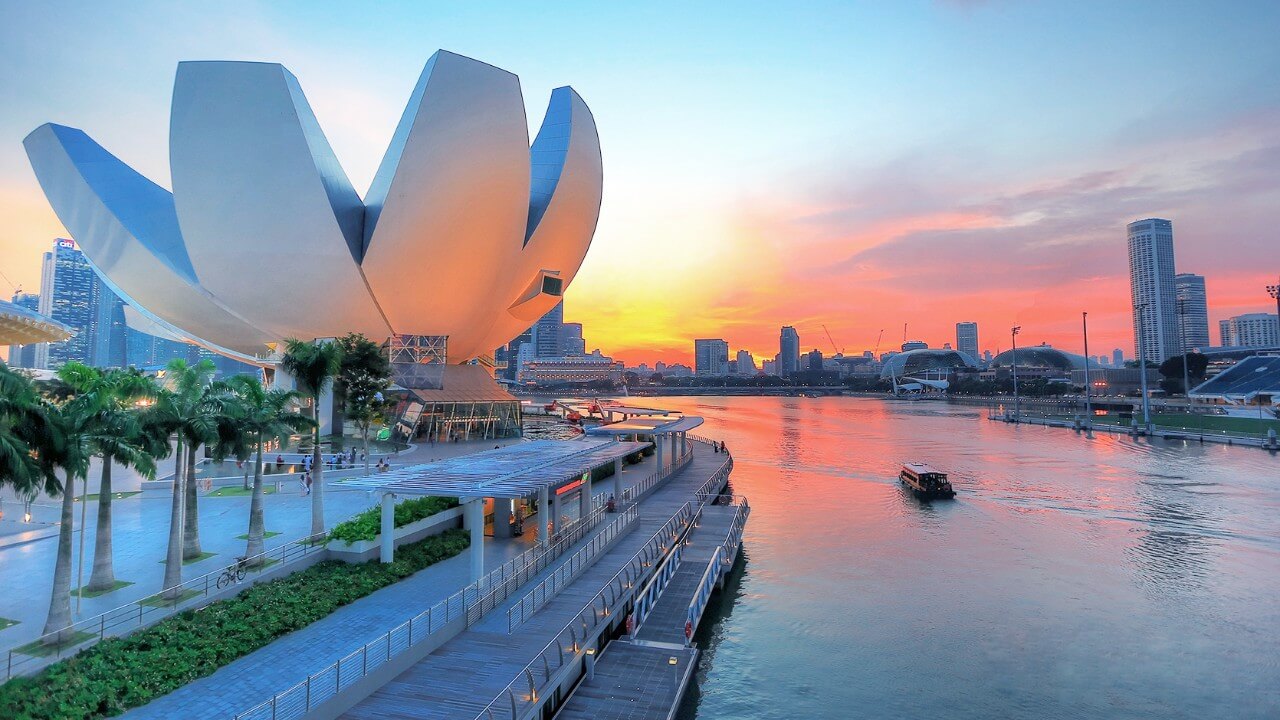





You must be logged in to post a comment.